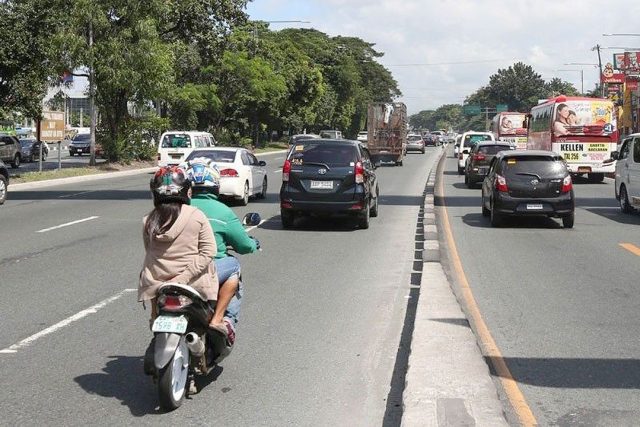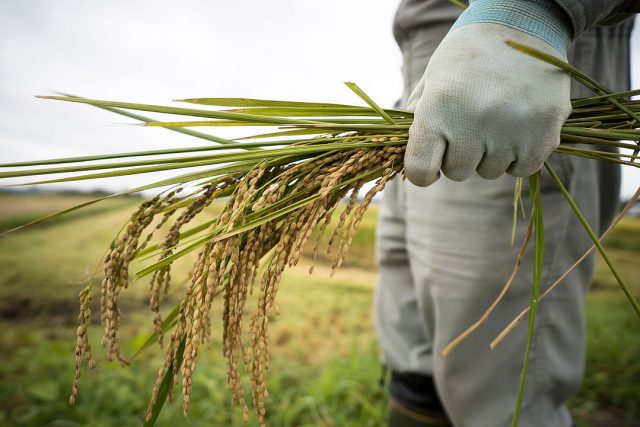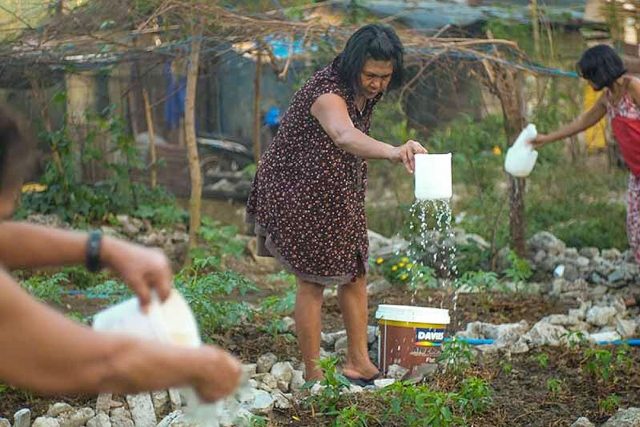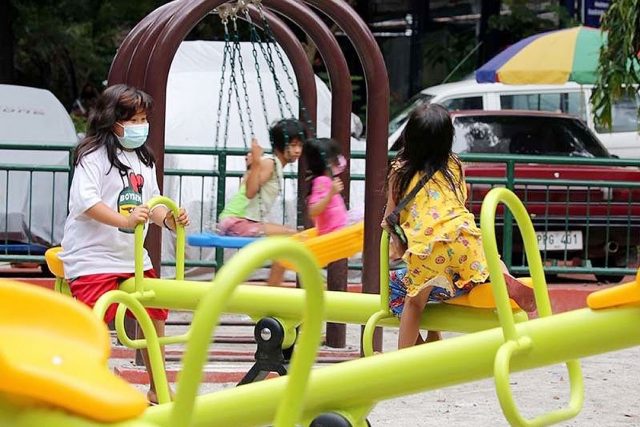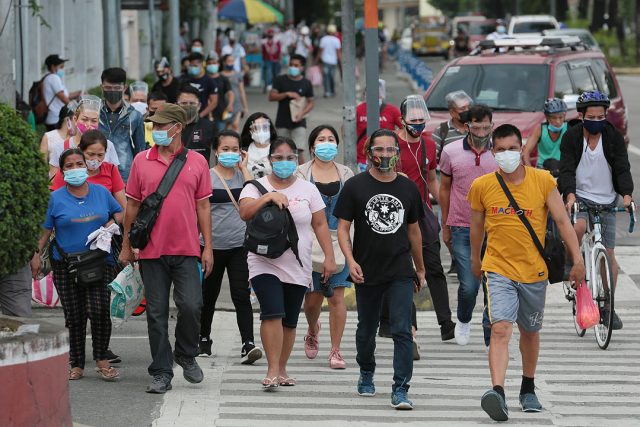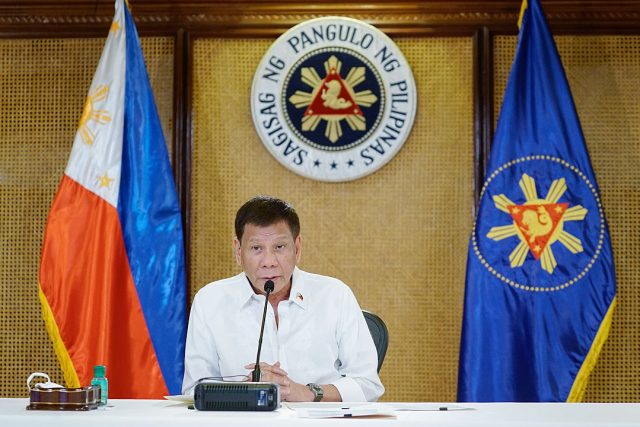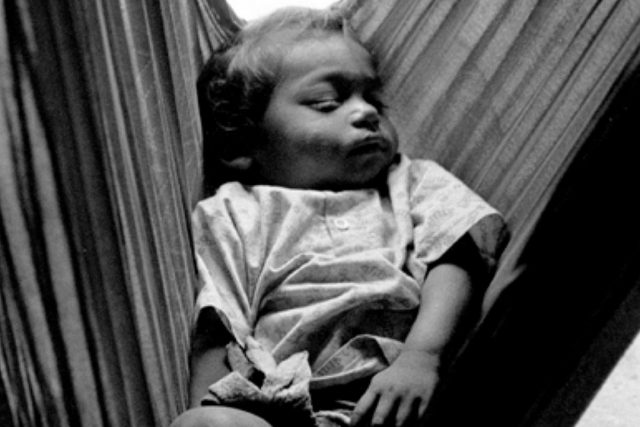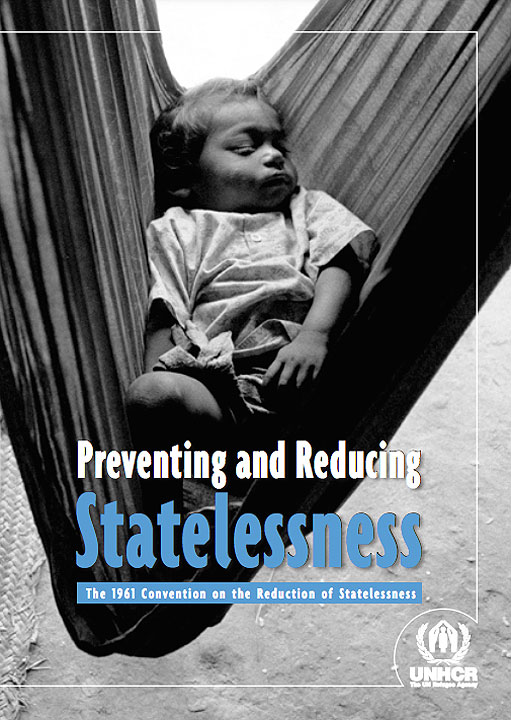THE STEALTH Omicron or BA.2 sub-lineage of the coronavirus variant is now predominant in most regions in the country, according to the Department of Health (DOH).
The subvariant BA.1 has been detected in eight regions and is now predominant in the Bicol region and among returning migrant Filipino workers, Health Undersecretary Maria Rosario S. Vergeire told an online news briefing on Tuesday.
The Philippines now has 535 Omicron cases.
Ms. Vergeire said there was no significant difference between the two subvariants. “This still needs to be further studied because there’s only limited observation.”
She earlier said the World Health Organization (WHO) was still studying the stealth Omicron, noting that initial findings showed that infected patients had felt symptoms similar to those infected with the other subvariant.
The UK Health Security Agency has designated the stealth Omicron subvariant as a variant under investigation as cases of it were rising “even if, in Britain, the BA.1 lineage currently remains dominant,” Aljazeera reported.
The subvariant, which has been circulating in Asia, has taken hold in Denmark, according to Agence France Presse, citing French epidemiologist Antoine Flahault.
The WHO has reported three subvariants of the Omicron variant — BA.1, BA.2 and BA.3.
DoH reported 17,677 coronavirus infections on Tuesday, bringing the total to 3.46 million. The death toll hit 53,598 after 79 more patients died, while recoveries rose by 33,144 to 3.16 million, it said in a bulletin.
It said 37.2% of 43,874 samples on Jan. 23 tested positive for COVID-19, way above the 5% threshold set by the WHO.
There were 247,451 active cases, 7,464 of which did not show symptoms, 235,181 were mild, 2,996 were moderate, 1,502 were severe and 308 were critical.
The agency said 97% of the latest cases occurred from Jan. 12 to 25. The top regions with new cases in the past two weeks were Calabarzon with 2,629, Metro Manila with 2,570 and Central Luzon with 2,266 infections.
It added that 76% of deaths occurred in January, 5% in December, 1% in November and 8% in September.
It said 87 duplicates had been removed from the tally, 52 of which were reclassified as recoveries, while 35 recoveries were relisted as deaths. Six laboratories failed to submit data on Jan. 23.
The agency said 50% of intensive care unit beds in the country had been used, while the rate for Metro Manila was 44%.
Meanwhile, Health Secretary Francisco T. Duque III said the risk classification of the Philippines and Metro Manila had been lowered to high from critical. The virus growth rate was slowing down, he told a taped Cabinet meeting on Monday night.
The country’s average daily attack rate was still high at 24.46 for 100,000 people, he added.
Mr. Duque said infections in Metro Manila and nearby provinces have been falling, while the rest of areas in Luzon were showing signs of plateauing.
The average daily attack rate in the capital region remained high at 84.56 for 100,000 people.
Mr. Duque earlier said the surge in Metro Manila had peaked. The Soccsksargen, Bangasamoro and Mimaropa regions were also at high risk from the virus.
The Bicol region, Cordillera, Western Visayas, Davao region, Cagayan Valley, Northern Mindanao, Zamboanga Peninsula, Ilocos region, Caraga, Central Visayas, Eastern Visayas, Calabarzon and Central Luzon were at critical risk, he added. — Kyle Aristophere T. Atienza

